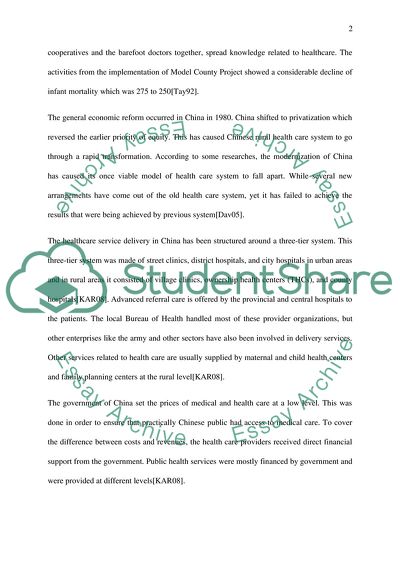Cite this document
(“International Health Care Assignment Example | Topics and Well Written Essays - 1500 words”, n.d.)
Retrieved from https://studentshare.org/nursing/1599950-international-health-care
Retrieved from https://studentshare.org/nursing/1599950-international-health-care
(International Health Care Assignment Example | Topics and Well Written Essays - 1500 Words)
https://studentshare.org/nursing/1599950-international-health-care.
https://studentshare.org/nursing/1599950-international-health-care.
“International Health Care Assignment Example | Topics and Well Written Essays - 1500 Words”, n.d. https://studentshare.org/nursing/1599950-international-health-care.


